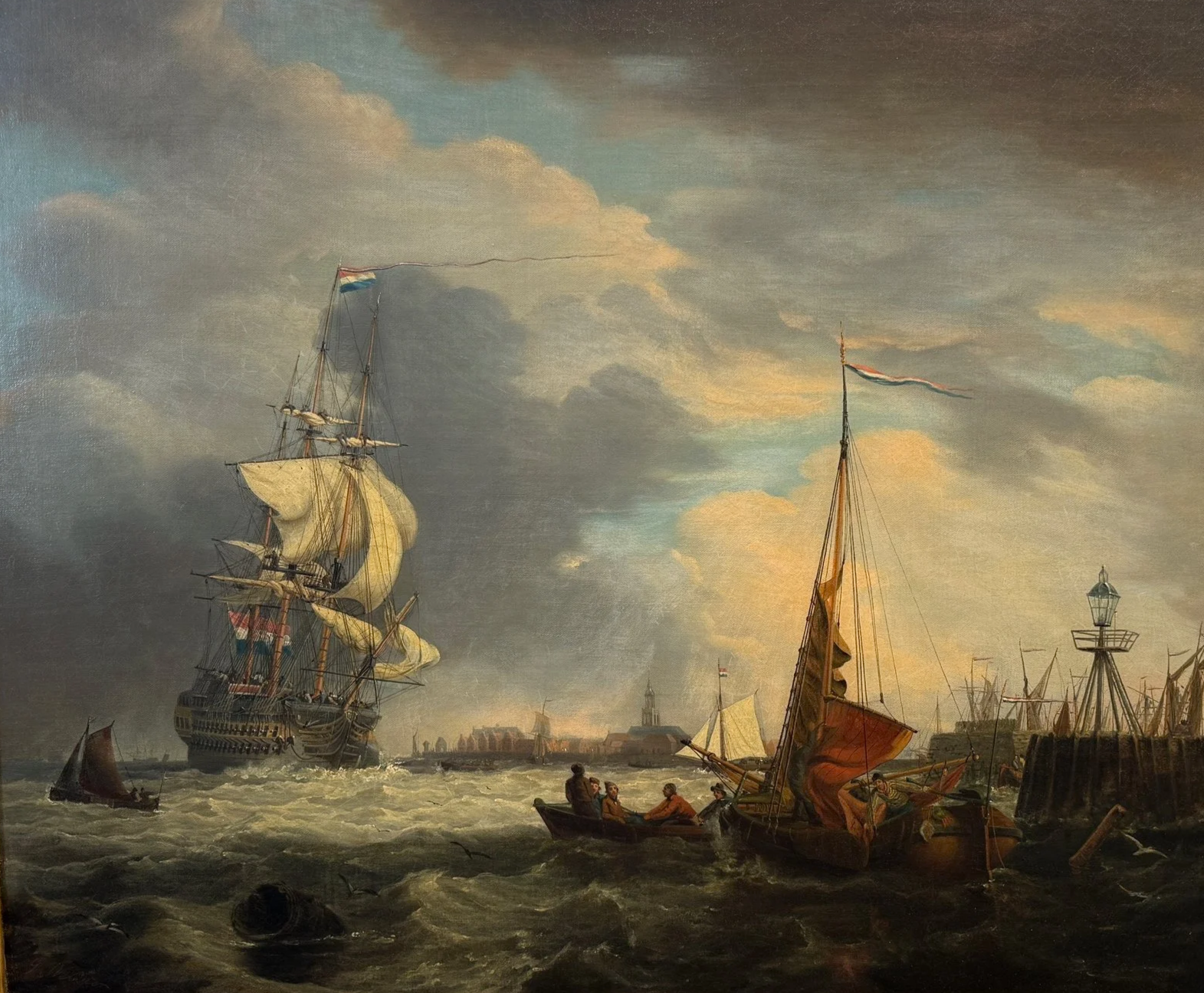George Webster
(1797-1832)
George Webster was a 19th-century artist who painted in the British Marine art style. He painted seascapes and ship portraits with versatility allowing him to capture both rivers, such as the Thames, and calm or stormy open waters. His work was influenced by the Dutch style and stood in some cases as a historical record as well as attractive sea art. In 1797, he started showing his paintings at galleries in London. His work was on show at the Royal Society of British Artists, the British Institution and the Royal Academy.
Webster toured extensively and painted the seascapes upon which he travelled. Between 1803 and 1806 he toured Africa. He visited the Slave Coast of West Africa and painted a seascape showing two British slave ships taking on board slaves at Fort Christiansborg. The painting is held by the Danish Maritime Museum.[6] Webster drew a depiction of Fort Metal Cross in modern-day Ghana. It is not known whether Webster travelled to Africa in any official capacity.
Webster also published engravings. These included one of Captain James Lawrence of the United States frigate Chesapeake who died while engaged with the British ship Shannon on the first of June 1813. Webster remarked, "This Print is respectfully dedicated to the British Nation whose philanthropy is such as to esteem the Brave and Virtuous even in an Enemy."
